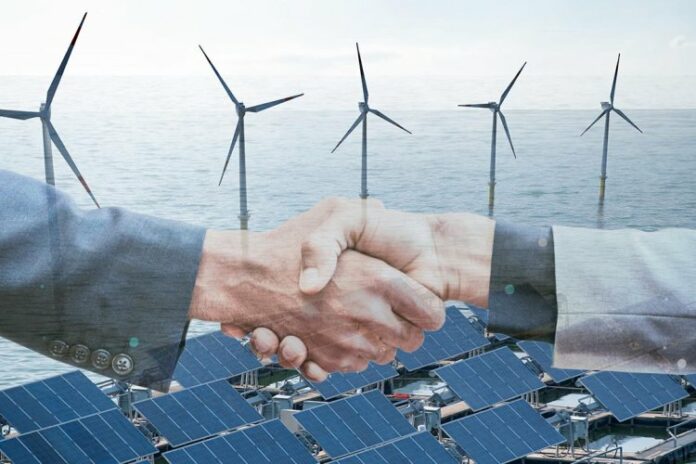In support of the President’s Investing in America agenda, the Department of Energy (DOE) has announced two innovative marine energy projects will receive a combined $6 million to develop a tidal energy research, development, and demonstration pilot site in the United States.
In addition, a community-led river current energy research and development project was selected to receive $9.5 million. Tides and currents are incredibly predictable, meaning these resources could help balance other sources of renewable energy and be important contributors to a 100% clean energy grid. This funding, supported by the Bipartisan Infrastructure Law, encourages U.S. leadership in tidal and current energy development, supporting the Biden-Harris Administration’s goals to help communities meet their energy priorities and develop the marine energy sector’s supply chain and workforce.
“With marine energy we can sustainably harnesses the power of the ocean and rivers, providing rural and remote communities with clean reliable power,” said U.S. Secretary of Energy Jennifer M. Granholm. “The projects announced today are part of the largest investment by the federal government to advance the technology to capture energy from ocean tides and river currents, while helping decarbonize hard-to-reach coastal communities across the country and increasing their energy independence and resilience by increasing use of locally generated energy.”
Tidal Energy Research, Development, and Demonstration Pilot Site
Over the past decade, the U.S. Department of Energy’s Water Power Technologies Office has supported several tidal energy deployment projects. This investment reflects that the industry is now at a phase in development that requires moving from single device testing to array testing with several devices grouped together.
Today’s announcement marks the first of five phases in a $35 million total investment from the Bipartisan Infrastructure Law to support the development and installation of one or more tidal energy devices that can be transitioned to a commercial project.
The selected projects are:
- A team led by Orcas Power and Light Cooperative (OPALCO), based in Eastsound, Washington, proposes to deploy a tidal energy turbine in Rosario Strait in the San Juan Islands in Washington State. The device is expected to be capable of producing about 2 megawatts of power. OPALCO aims to develop a pilot tidal power program to provide a reliable and resilient local power supply for San Juan Islanders.
- A team led by ORPC, based in Portland, Maine, aims to deploy two tidal energy devices at a location in the Cook Inlet in Alaska off the coast of the remote area of East Foreland on the Kenai Peninsula. The devices are expected to be able to produce between 1 and 5 megawatts of power. The team aims to demonstrate the feasibility of tidal energy projects in Cook Inlet, which is the United States’ largest tidal energy resource.
During the competitive first phase, expected to last one year, these two projects will evaluate proposed sites and create plans for licensing, environmental monitoring, site health and safety, site commercialization, stakeholder engagement, community benefits, supply chain procurement, and technology selection and qualification. This phase will culminate in the projects submitting the necessary license and/or permit applications to regulators. At the conclusion of the first phase, DOE will select one project to proceed through the remaining four phases and receive up to an additional $29 million, concluding with testing and operation of the tidal energy device(s).
Community-Led River Current Energy Research and Development Project
The community-led river current energy project aims to balance community energy priorities and technology innovation. This investment of $9.5 million will help accelerate the development of current energy technologies and promote resilience and economic development in Yukon River and Alaska Native communities. Many communities on the Yukon and Kuskokwim rivers are powered by local microgrids where the river current potential resource is an order of magnitude greater than average electrical loads.
The selected project is led by the University of Alaska Fairbanks’ Alaska Center for Energy and Power, which plans to develop a replicable, community-led current energy research and development project in the Yukon River at Galena, Alaska. The primary goal is to identify and develop a technology appropriate for the community. This project will help remove barriers to the development of river-based hydrokinetic energy projects (or those that capture power from the natural flow of water) in Alaska’s more than 90 communities with microgrids on or near rivers.
These projects were selected as part of the Water Power Technologies Office’s U.S. Tidal Energy Advancement funding opportunity.



